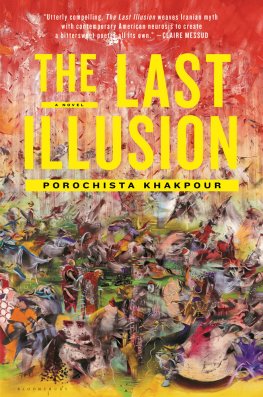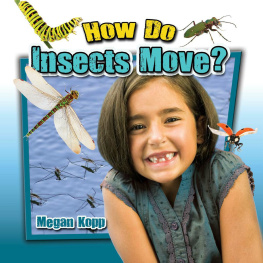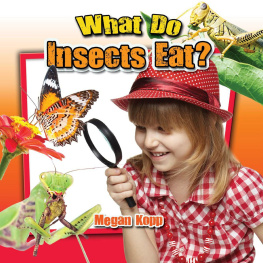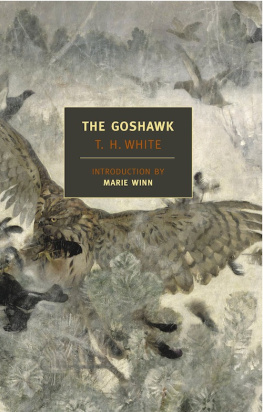Porochista Khakpour
The Last Illusion
To the Greatest City and its citizens who were there, who continue to be among us
A cage went in search of a bird.
Franz Kafka
The Shahnameh, or the Book of Kings, is the most famous Persian work of art of all time, the national epic of Iran. Penned by Persian poet Ferdowsi circa A.D. 1000, its fifty thousand couplets chronicle Persias past from the creation of the world until the seventh-century Islamic conquests. Throughout the centuries, what is history and what is myth has been considered almost entirely irrelevant by Iranians.
One of the Shahnamehs most celebrated stories is the story of Zal. Saam, a great hero of ancient Persia, has a son, Zal, who is born an albino. The whiteness of the infants skin horrifies his parents, so they abandon him on the highest point in Iran, Mount Damavand. He is discovered by an enormous bird, the mythical Simorgh, whose wingspan turns the entire sky black when she takes to flight. She becomes his caretaker in the wild. Many years later, a strong, silver-skinned young man is spotted residing in a birds nest. Saam hears of this, and when he comes to investigate, he realizes the young man is his son. The Simorgh hands Zal over to his home kingdom, but not without a final gift: three of her own feathers. She tells Zal she will back at his side immediately if he only takes one simple action: Burn this if ever you have need of me, and may your heart never forget your nurse, whose heart breaks for love of you. Against all odds, Zal becomes one of the greatest warriors of ancient Persian legend.
It is this bird we want, not that one. This one not that one. Myth is the difference between birds.
G. C. Waldrep, What Is a Soprano, Archicembalo
Exactly once upon a time in a small village in northern Iran, a child of the wrong color was born.
Khanoom (the Persian word for lady, what everyone knew his mother as) was forty-seven when she gave birth to the boy. He was the last child of eight, his closest sibling nineteen years older and all grown. He had been a mistake from the beginning sex being Khanooms least visited whim a cursed gift from her husband as he lay on his deathbed.
Nobody imagined a dying man could produce the seed of another child, and yet. But a child like that, sure there should have been a cautionary tale about it, a proverb at the very least. When Khanoom had him, months after her husband was dead, she looked at that sickly yellow-white thing in her arms, and the only thing that made sense was to blame the childs problems on the diseased seed. This tiny silently crying baby his crying made no sound, which made her suspect he was mute was clearly not well, having come from a half most unwell. His hair and skin were the color ofno use to sugarcoat it, Khanoom would snap piss. He was something so unlike them, unlike all of nature. It made her miss her dead husband less, the memory of that final hard explosive orgasm more painful and jagged and thunderous than any orgasm she recalled an ejaculation that she imagined like a hot toxic pus, a poison that would have spawned an even more unthinkable demon, had it not been for Khanooms own khanoomly egg. It gave Khanoom nightmares to hold the boy even, no matter what the cousins and neighbors who visited said, trying their best to make the best of it.
Cousin Azar: Look, babies sometimes have strange fur. You never know in a few months he could be brown and black like he should be. .
Ms. Moolook, next door: And if hes not, my God, you know in the West, those golden-haired people are in movies!
Mansour, the midwife who delivered him: In any case, hes your child and you must love him and remember him as a gift from your husband, someone to keep you company in your old age, something more than what you have now, just a bunch of shrieking and shitting awful birds. .
It was true: Khanoom was known for her veranda and its menagerie, almost notorious for it. She had two dozen at its peak, a commune of canaries and doves and little white parrots that were indigenous to the area. Since her youth, Khanoom had an obsession with catching birds in her butterfly nets and making little cages out of wire for them. They were her children first, she claimed, her parandeh-children, the children before her children. She could speak to them, she could read their minds. They loved her, she insisted, they preferred her cages to their rightful outdoors. Her husband had tolerated them for the sake of her happiness Khanoom could be very, very melancholy, and truthfully he had always feared for her life should the birds escape or die somehow as long as he did not have to feed and clean them. Khanoom, who trusted no one with them, no one at all, assured him and everyone that the birds were her responsibility.
They are everything, shed say to them, to it, to the walls, since no one outside of their world knew of them. They are all there is.
So Khanoom did not need this horror child like it needed her. She began calling it White Demon, like one of those monsters of the Shahnameh myths who stalked the mountains Alborz and Damavand, challenging warriors. She refused to breast-feed and clothe the demon, and eventually she withdrew it from all the concerned eyes and voices who wanted to watch the old lady and her freak spawn endure this life.
She prayed for its death how could it live like that, after all? or her own. It was an omen, a bad luck charm. Those things dont get futures.
But death did not come soon for either of them.
So, Khanooms solution: she built it a cage. At first she called it a crib the only crib she knew how to make, she told herself, as she was a builder of cages, after all, done with the world of toys and baby clothes almost two decades ago and what exactly was the difference anyway? If its good enough for my angels, its good enough for my demon, Khanoom thought, and so she carpeted its foundation with the same straw the birds got, equipped it with water and seed, and, as the child grew older, she only added on to its cage and gave it more food and cleaned after its more substantial droppings. She dealt with White Demon like the rest of them, but with less adoration, because all the pretending in the world wasnt going to turn it beautiful like the rest of her fluttering brood. She went on and on like this, shielding it from the few humans close to her, who soon enough dwindled down to none.

Hundreds of miles away, the country was swept up in considerable revolution in the capital. But the dozen or so families that lived in Khanooms village did not speak of the uprising. They knew of it, heard whispers here and there sometimes someone would have a paper, a city cousin, a phone call from friends but they were largely untouched by it. The women sat by their looms when not in their kitchens, the men out in fields with their crops when not in nearby factories or mines, and the children huddled restlessly in the one classroom the village had when they werent out in the streets, chasing the innumerable dogs and occasional cars, the only uproar a village like that knew. They had nothing, nothing to revolt for or against.

Life might have gone on this way had Child Number Seven not come to town. It was Zaris first visit in years. None of Khanooms children ever bothered anymore, disturbed no doubt by their mothers disintegration into a crazy bird lady. But Zari burst in armed with a young man who was clearly not her lover (the daughter no man would take,











